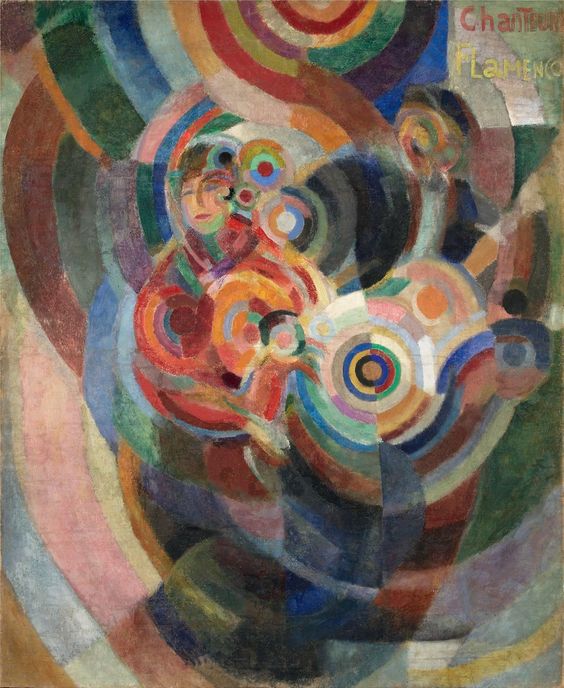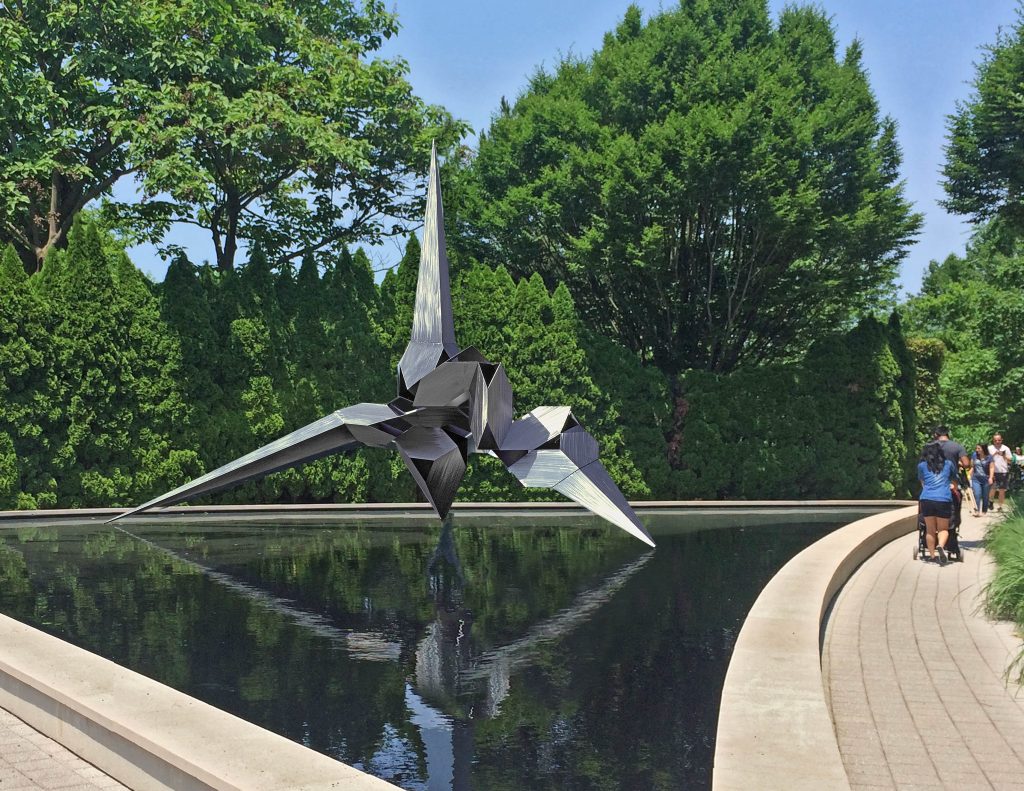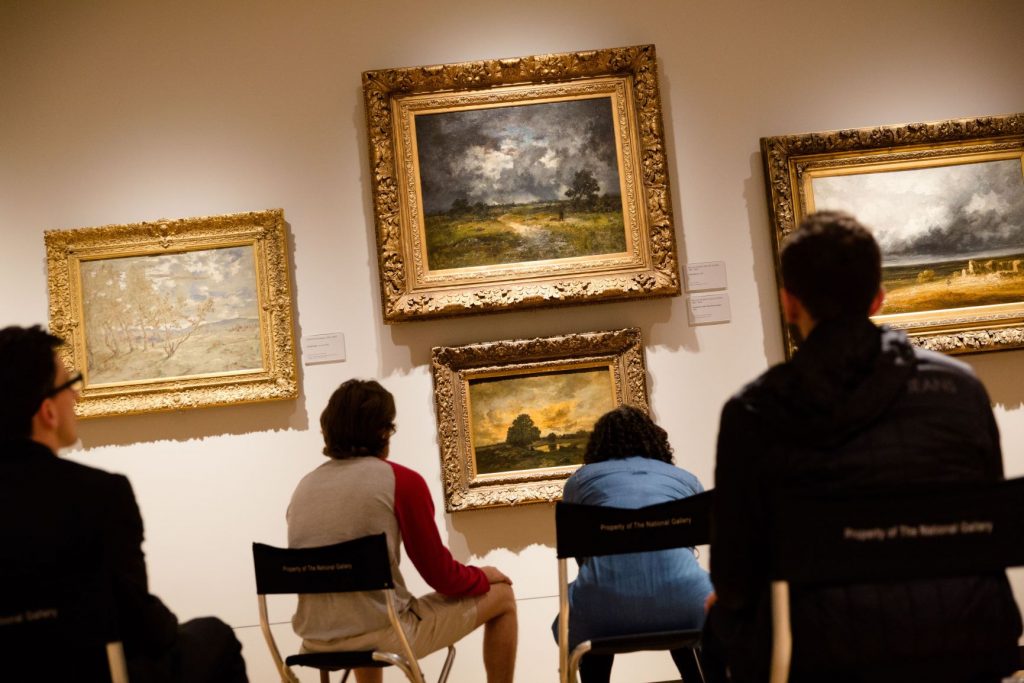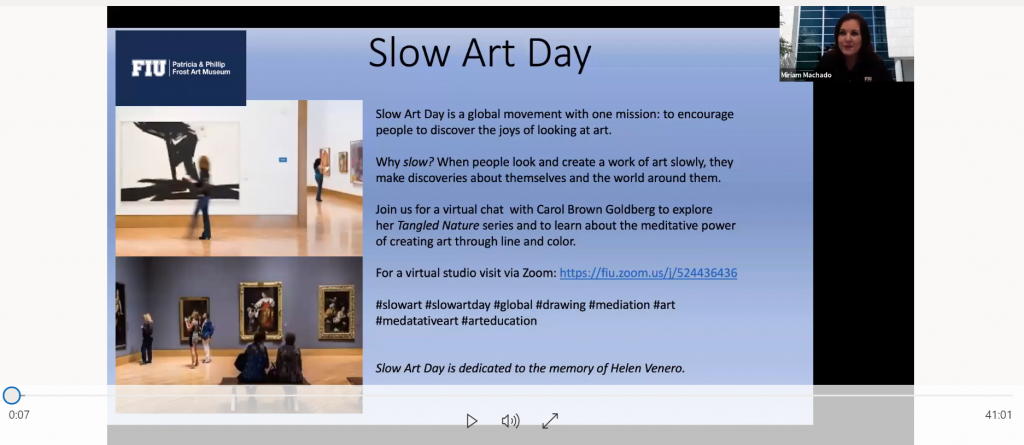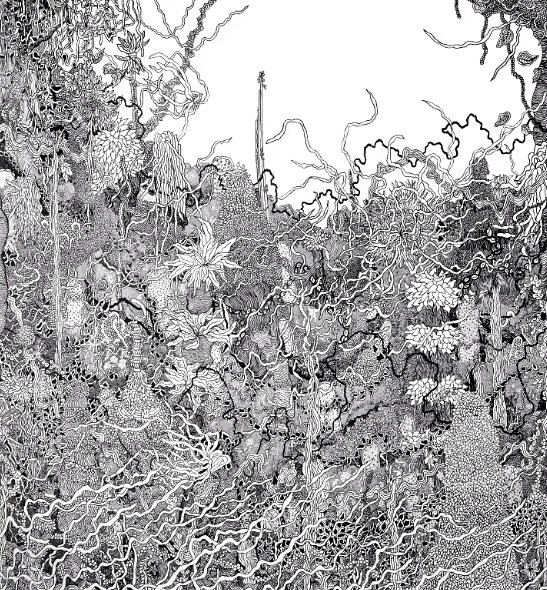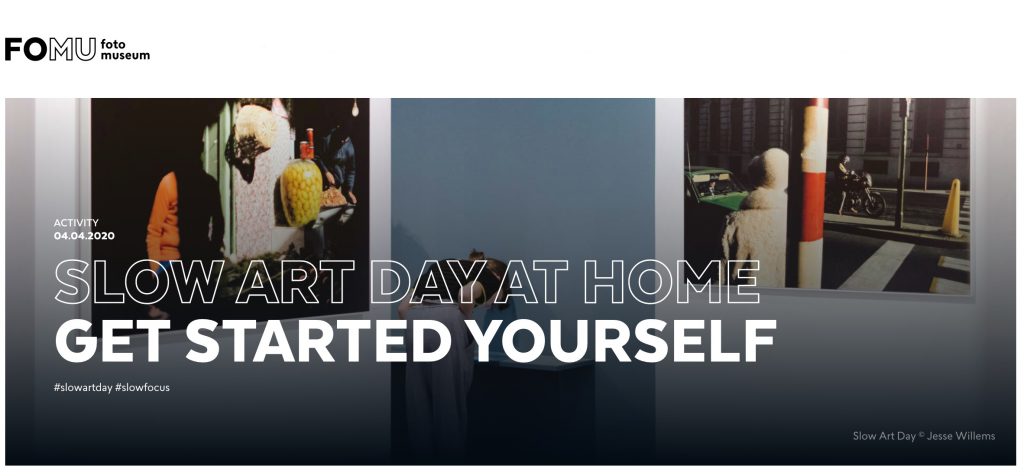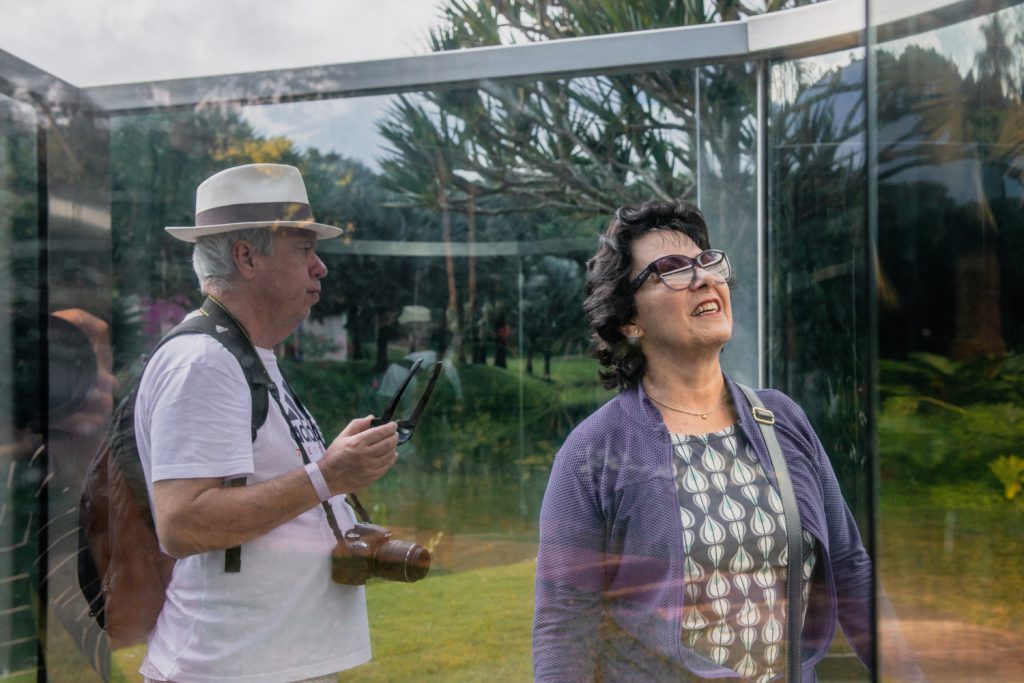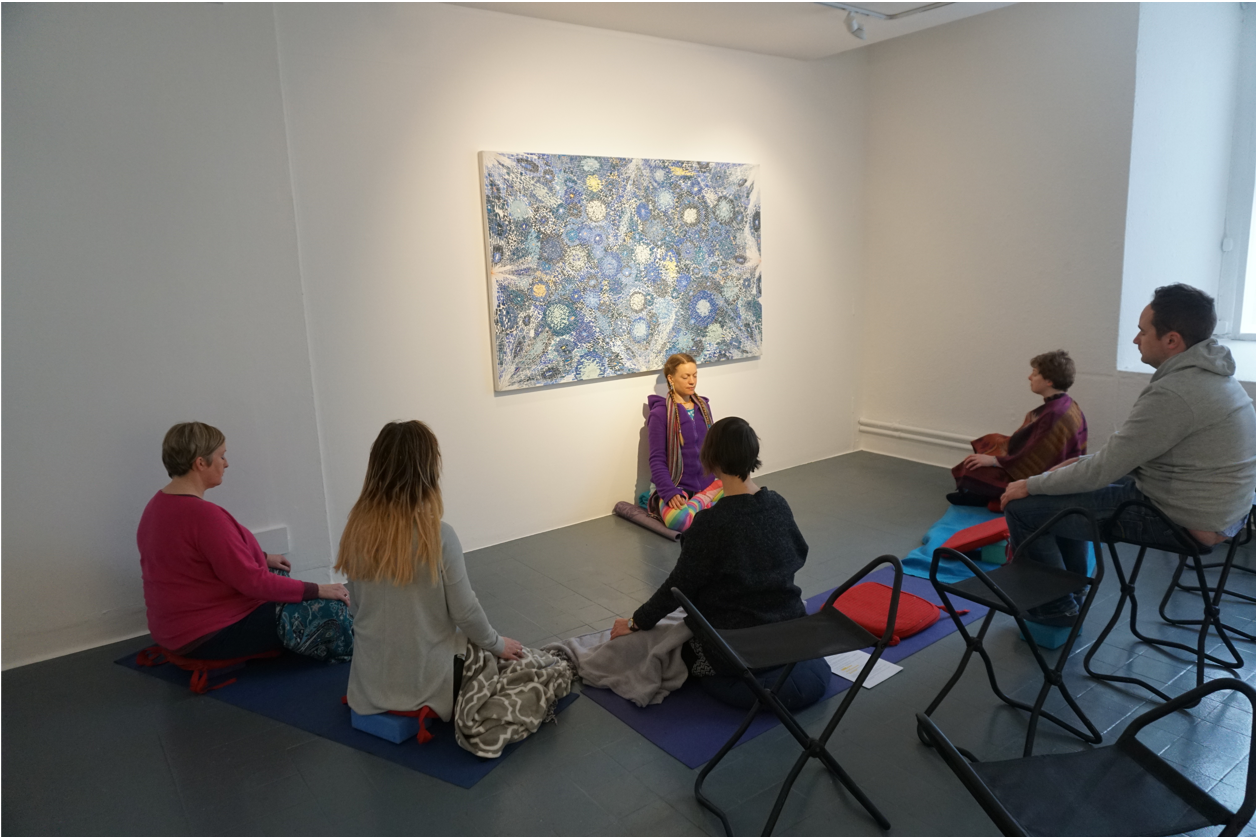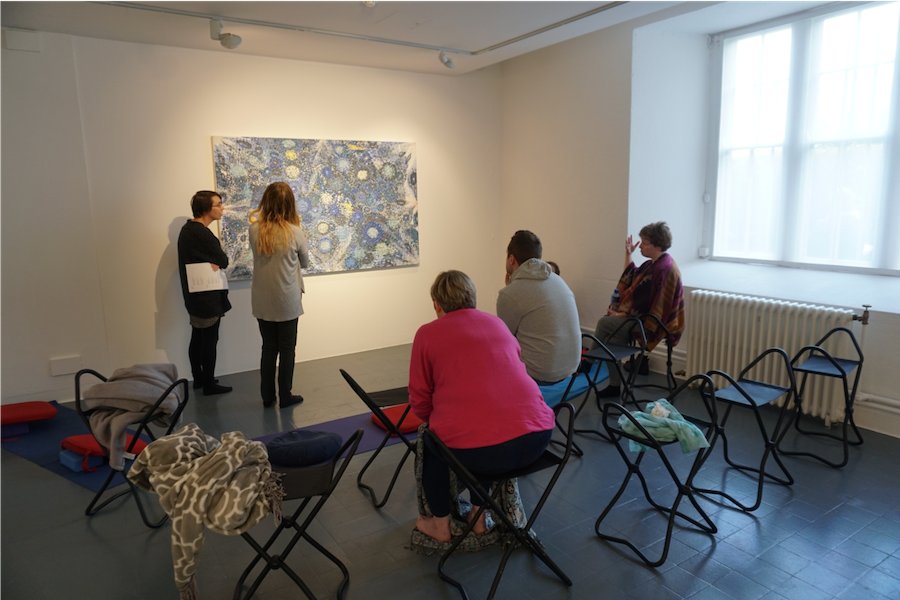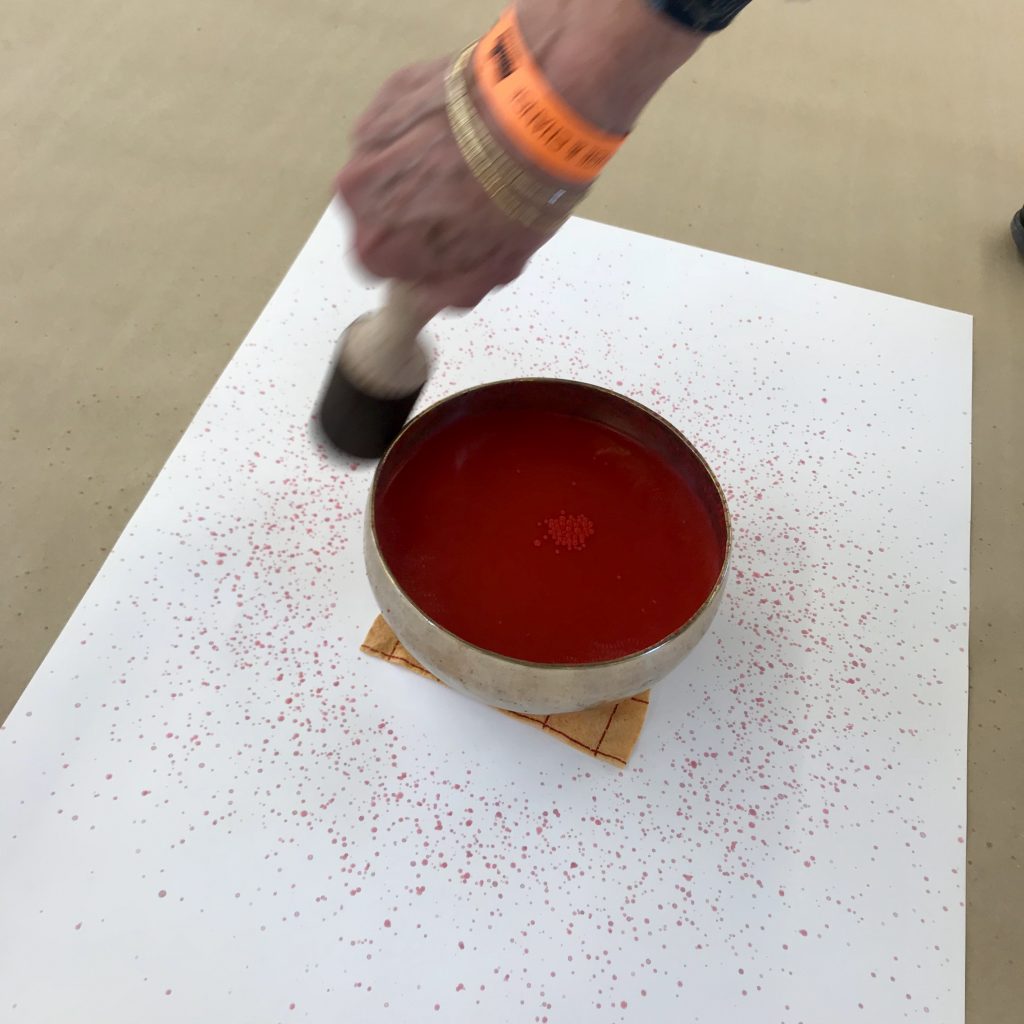For their first Slow Art Day, the online platform Red Zenith Collective launched on April 10, 2021 the project ‘What is Your Definition of Slow Art?‘ with a day-long series of four virtual activities dedicated to the meaning and potential of slow art.
These activities included:
- An Instagram interview about slow art and sustainability.
- A downloadable PDF with slow looking prompts, available to participants throughout the day.
- A collaborative video project: ‘What is Your Definition of Slow Art?‘
- An art meditation on the painting ‘Flamenco Singer‘ (Sonia Delaunay, 1916).
Red Zenith Collective was founded by two Polish artists, Marta Grabowska and Zula Rabikowska as a platform for women, female-identifying and non-binary creatives with a link to Central and Eastern Europe. The Slow Art Day event was conceptualized and realized by Marta Grabowska, who is also a slow art activist.
Participants were first invited to watch an Instagram interview on definitions of slow art, including how to cultivate sustainability of slow looking in art and curatorship. Marta Grabowska interviewed Veronika Cechova and Tereza Jindrova, curators at the Entrance Gallery in Prague, Czech Republic – the first artistic space in Prague to include ecological sustainability and the environment in its long-term program.
Watch the recorded interview here.
Grawbowska also created a terrific ‘Guide to Slow Looking: Slow Art Exercises – Pandemic Edition.’ We highly recommend all Slow Art Day educators and curators take a look at this and learn from her approach.
The final event of the day was a Zoom art meditation on the painting ‘Flamenco Singer‘ by a Russian-French artist Sonia Delaunay. The meditation was the first in a series of art meditations written by Grabowska, who wrote the script. The meditation lasted 20 minutes and was scripted based on primary and secondary sources of the artists and their work.
Participants loved the program, and left very positive feedback:
Shane Hart
Amazing way to focus your attention and learn a bit of art history.
Julia
A very memorable experience. Allowed me to be mindful and really enjoy the vibrant artwork.
Anonymous
Great idea to marry meditation practices and art! I want more!
Anonymous
I wasn’t sure what to expect, as the name of the artist was not released until the last minute, but it was a gorgeous experience. The koshi bells were mesmerising! Both the writer and the provider are very knowledgeable and managed to create an alternative education setting that captivated us greatly!
At Slow Art Day HQ, we are impressed by and excited to learn more about Marta Grabowska’s ongoing research – perhaps even as part of the 2022 Red Zenith Collective Slow Art Day!
– Johanna, Jessica, Ashley, Phyl

